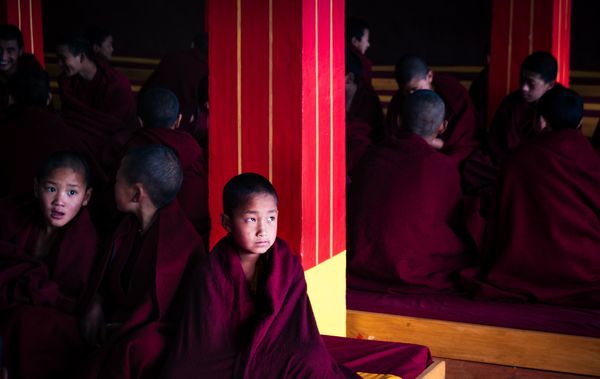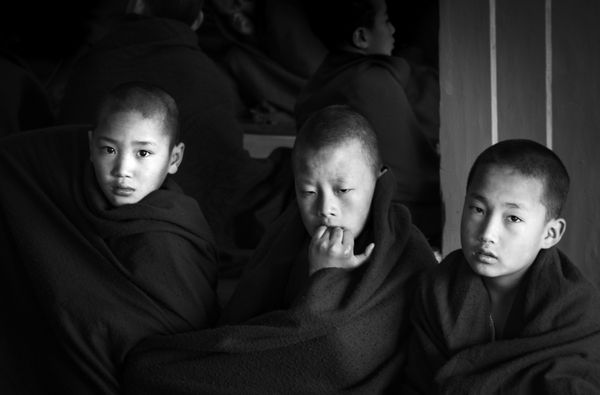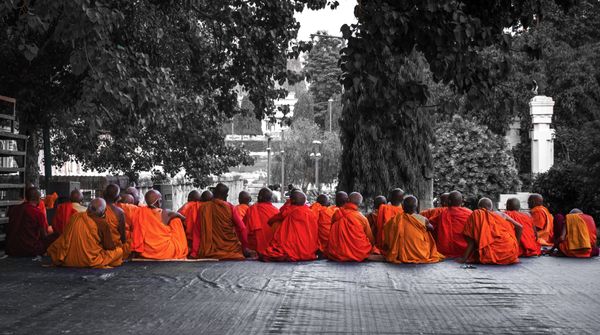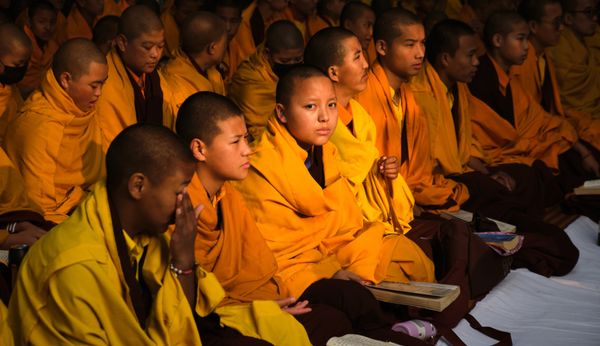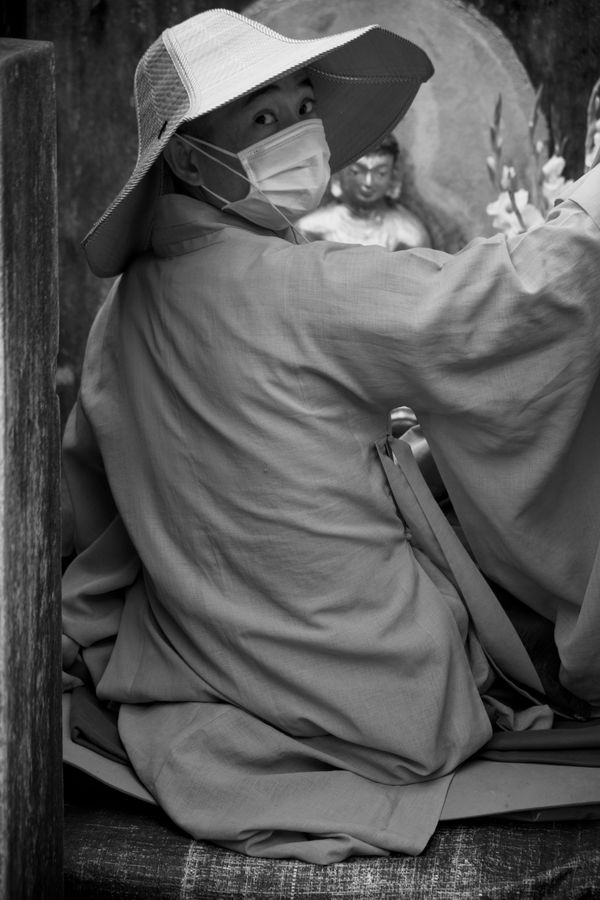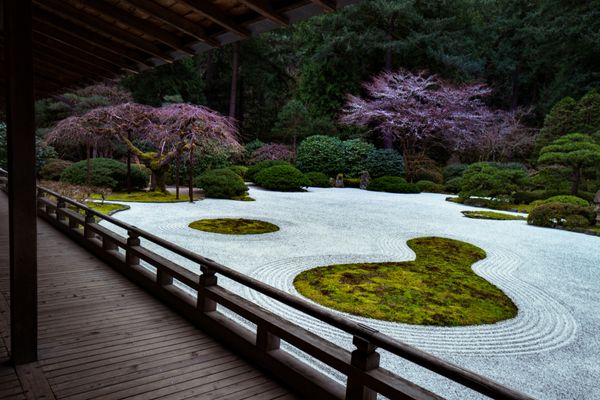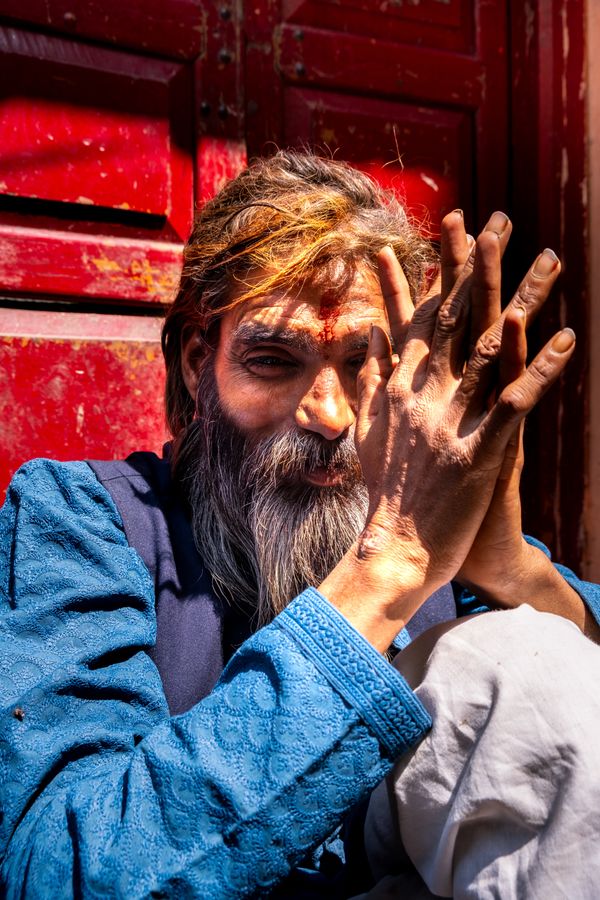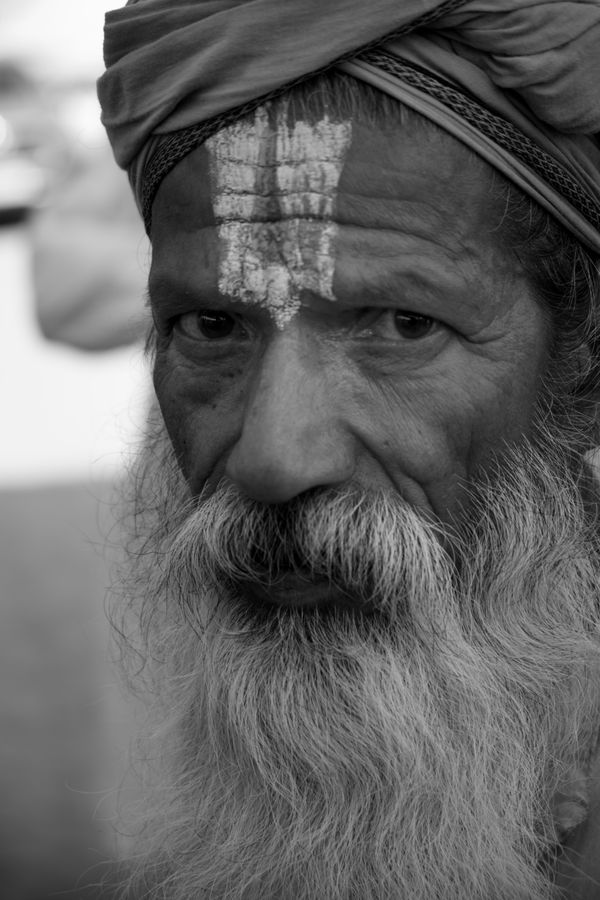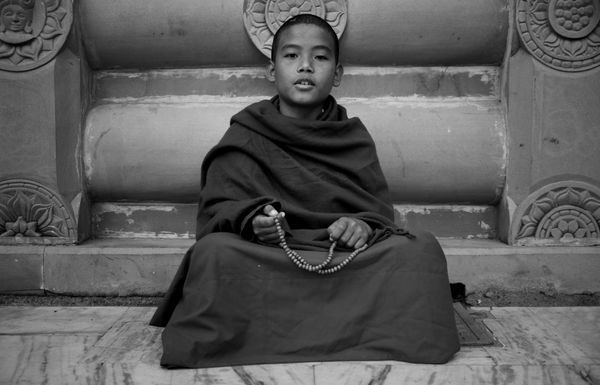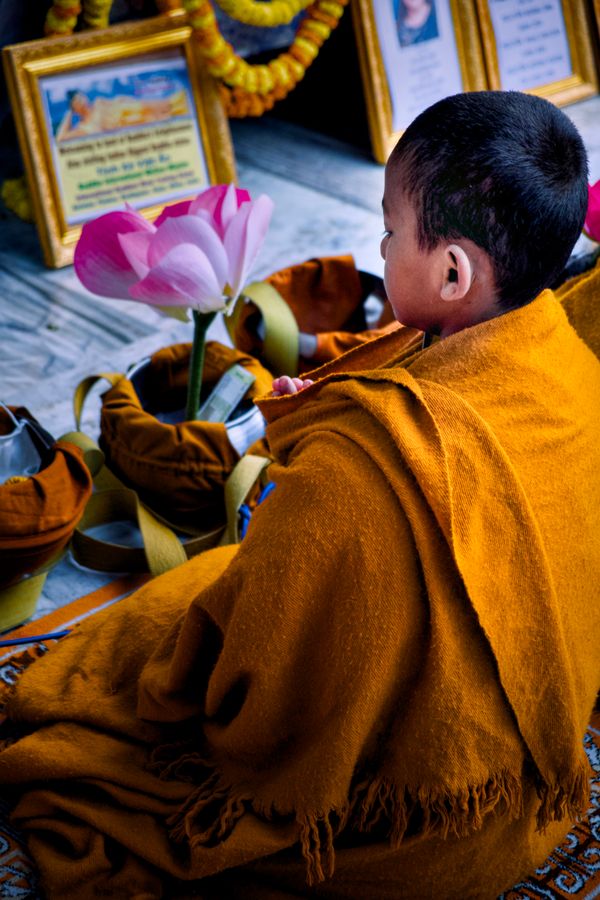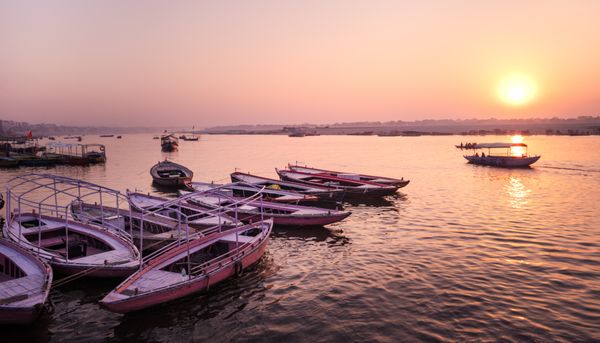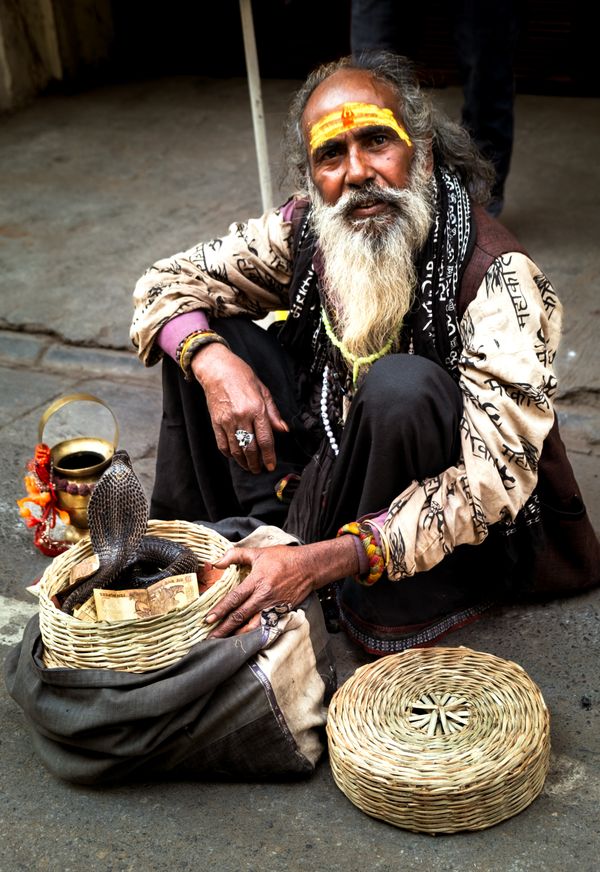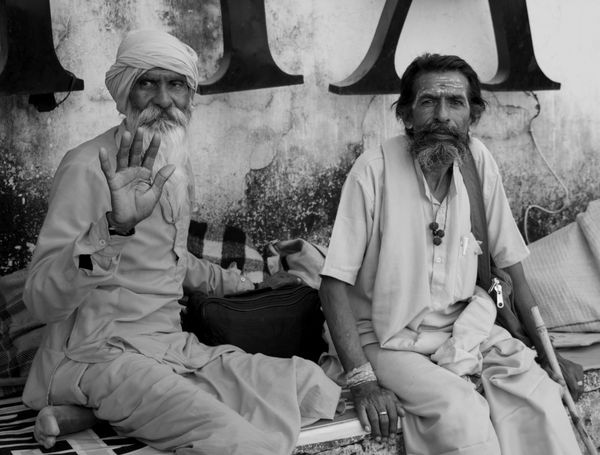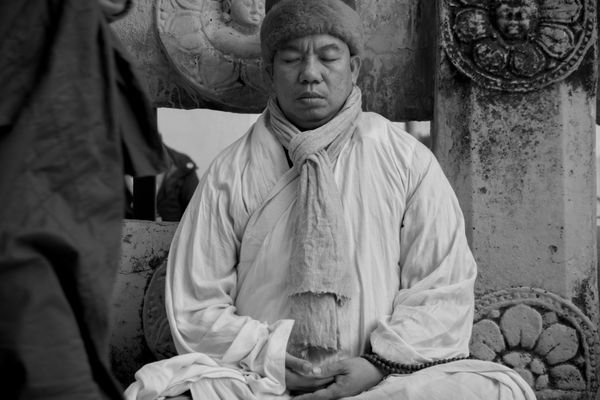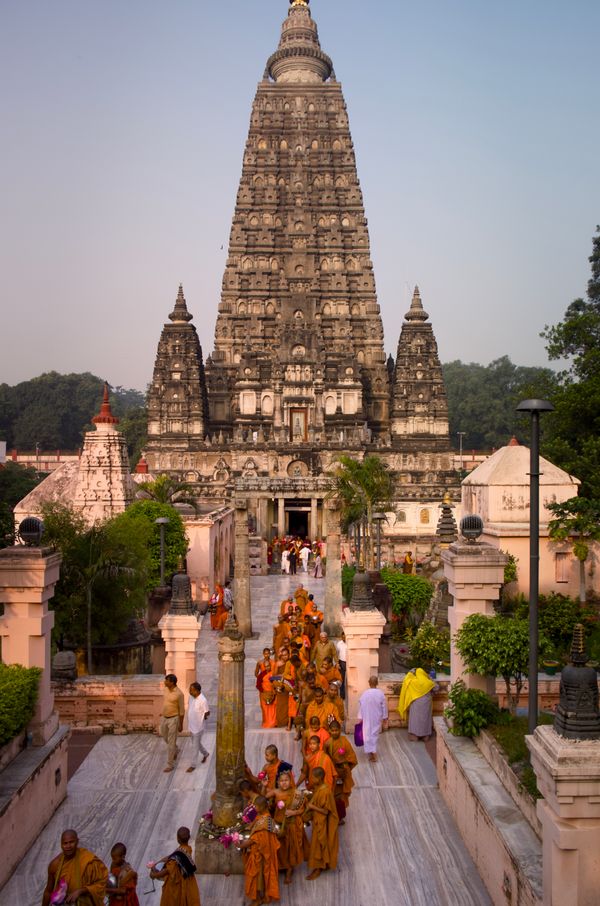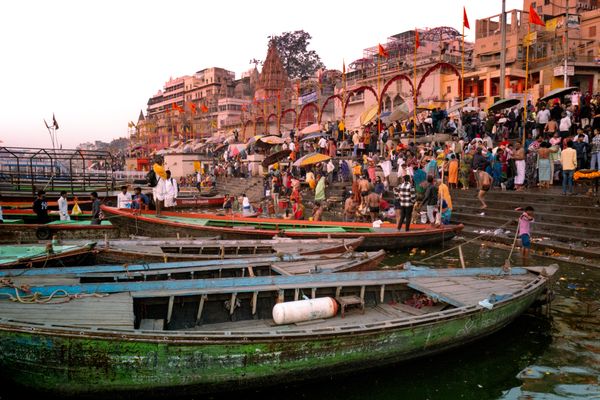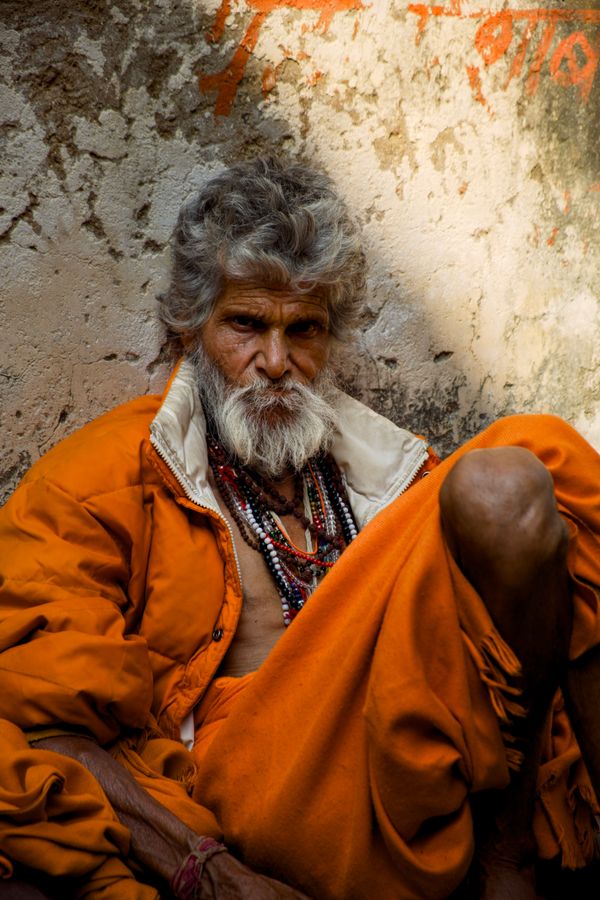A matter of Belief
-
Dates2024 - Ongoing
-
Author
- Topics Documentary, Portrait, Street Photography, Travel
- Locations Pushkar, Portland, Varanasi, Bodh Gaya, Tawang
I am fascinated by the power of belief. Its ability to reflect a place and shape the people who inhabit it. This project aims to capture the essence of that belief by photographing the people and places of Buddhism and Hinduism.
Timeless belief has the ability to transform people and places into something more profound. Complete devotion is transformative. To commit oneself entirely to something so severe is inspiring—a testament to our character as a people and all that we are capable of. Yet belief is ephemeral, ethereal, and deeply personal. So, how does one capture it? The intersection of thousands of years of history, a place that hosts it, and the people who breathe it create a tangible resonance—a moment that can be frozen with a photograph. With this project, I aim to capture the essence of that belief by photographing the people and places of Buddhism and Hinduism.
This belief drives daily rituals at Tawang monastery, where young Buddhist monks rise as early as 4 am for early morning prayers. At Buddhism's birthplace in Bodh Gaya, India, where Siddhartha Gautama attained enlightenment and became the Buddha, ochre and saffron clothed monks offer themselves up to something more than themselves. In the Mahabodhi temple complex, under the shadow of the tree of enlightenment, they pray, study, and meditate for months on end. Believing in their hearts, that by following the Noble Eightfold Path, they too can achieve enlightenment—to become free of this cycle of suffering. Their devotion is palpable in the very air, evidenced in the chant of their sutras and the smell of lotus flowers.
This philosophy is given new meaning through the cultures that live it. The Japanese, for instance, add their own unique sensibilities. As is reflected in the soul of a Japanese garden. The Portland Japanese Garden is considered the most authentic Japanese garden outside of Japan. In the main garden, gravel is raked daily to demonstrate the idea of impermanence. In Zen philosophy, meditation is often baked into daily tasks. With the belief that with enough repetition, an intimate and intuitive understanding can be achieved. With devoted concentration, enlightenment can be glimpsed.
There are other paths to enlightenment though. It is believed that bathing in the holy river Ganges, especially as it is graced by the first light of day, purifies the soul, cleanses the body of sin, and leads to Moksha—transcending the cycle of death and rebirth. An army of pilgrims descends on the ghats of Varanasi, India, for this promise. Sadhus walk the streets of this ancient city, carrying beliefs being lost to modernization, such as the worship of snakes. The Ganges flows through the city, and belief through its people.
On the other side of the country, Pushkar, Rajasthan, has one of the only temples in the world dedicated to the god Brahma. Traveling sadhus congregate annually to pray to him. It is believed that Brahma dropped a lotus flower from the heavens, and Pushkar emerged where the flower landed. Being here is a way to be close to the divine. Similarly, in the southern state of Kerala, it is believed that divinity can be channeled through the ritual dance performance of Theyyam.
These photos show how belief permeates the very medium of life. The places are witness to it, and it is made manifest by the people who live it. This project and my photographs are testimony to this belief.
